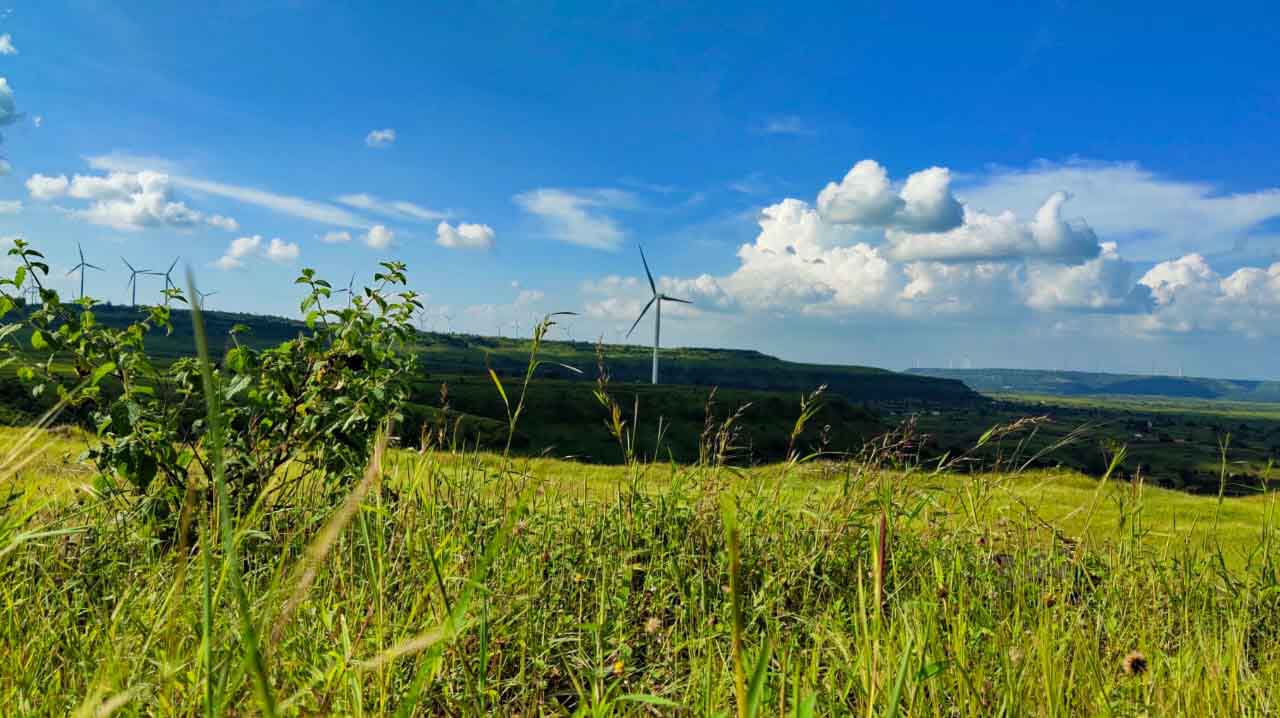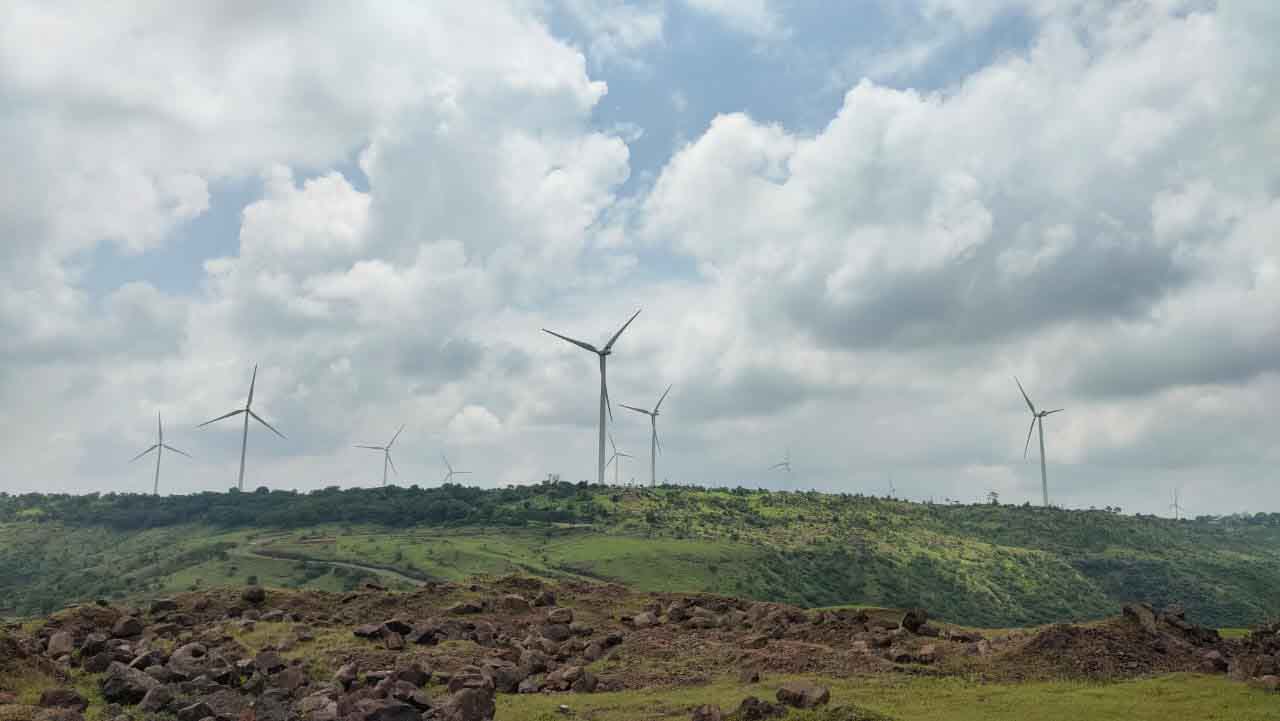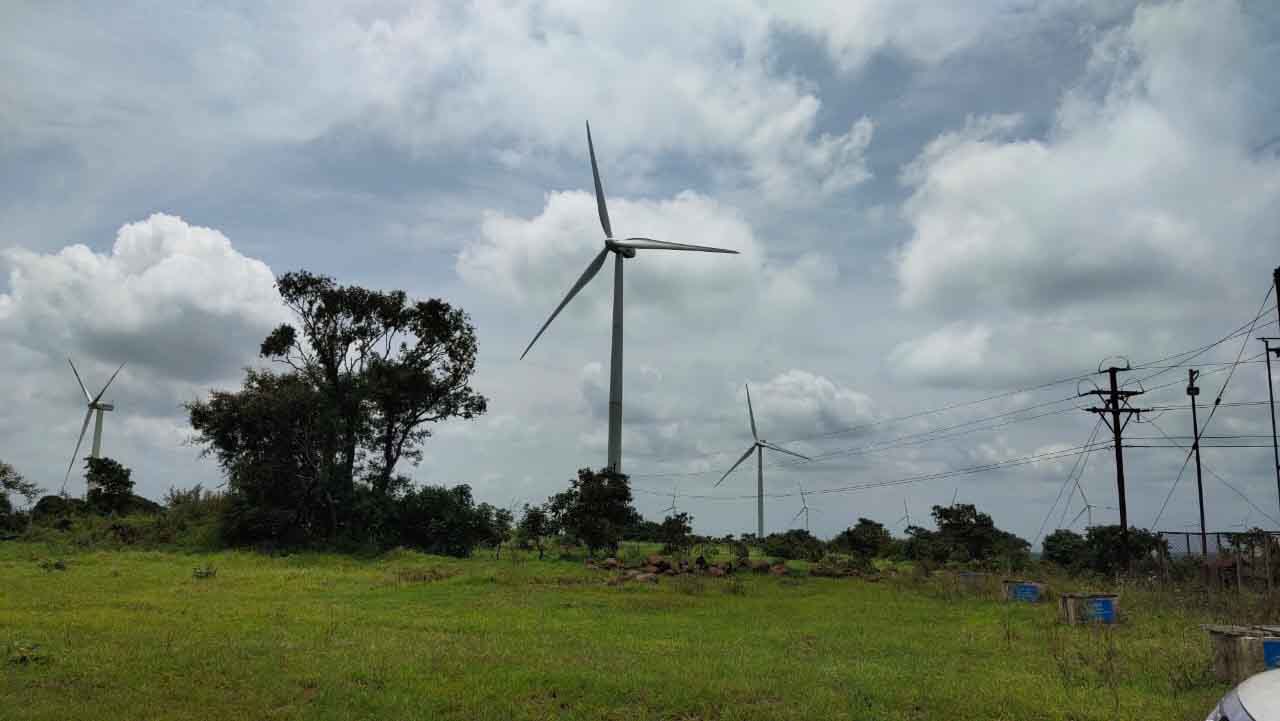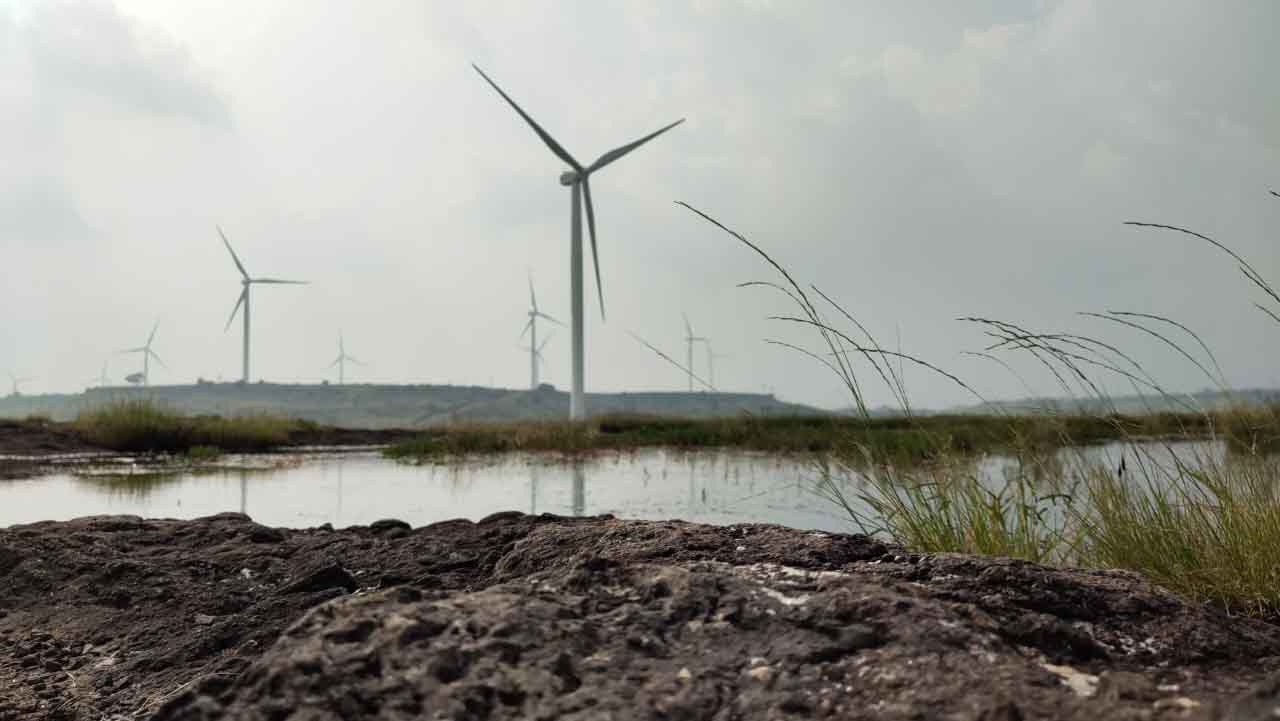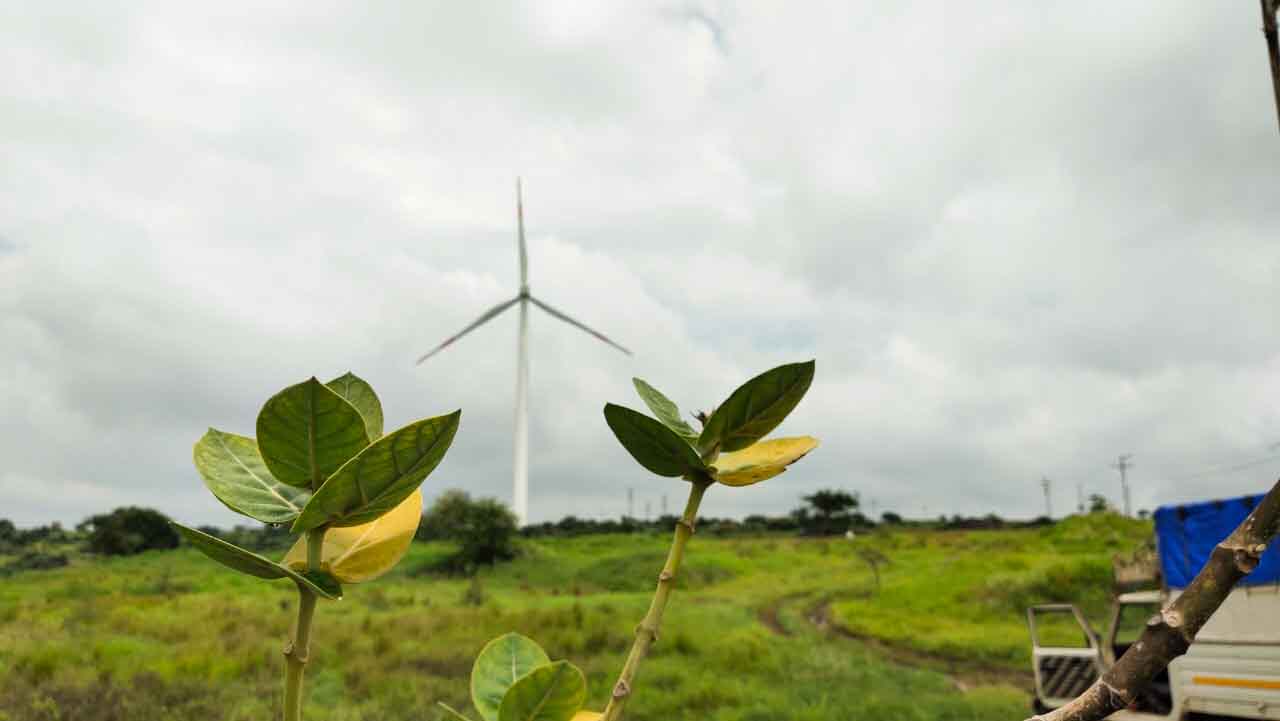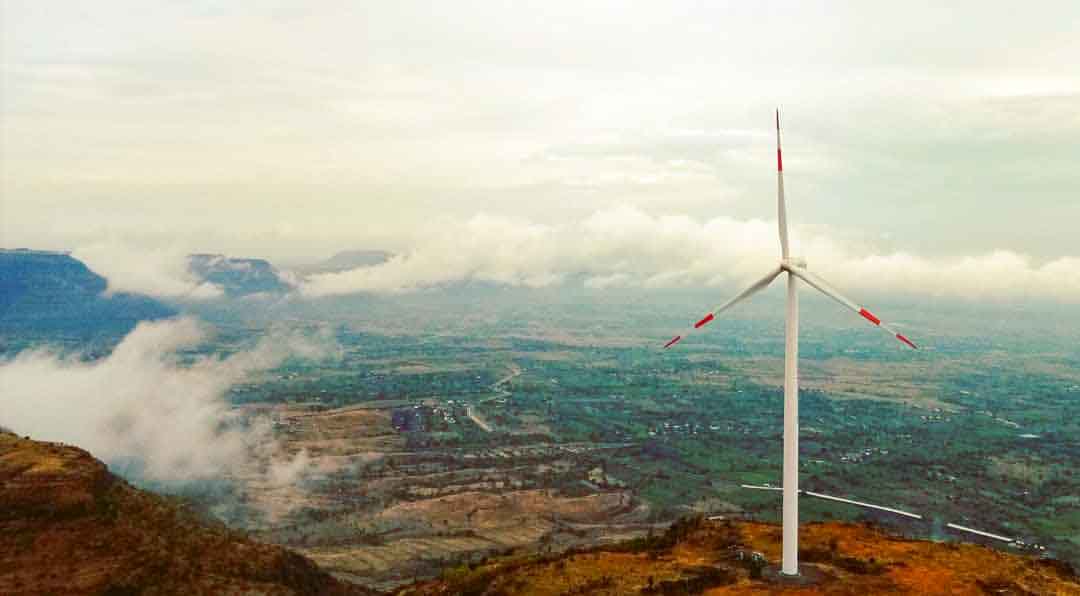Boosting climate action with Indian wind power
With a share of six to seven percent, wind energy has become one of the most important renewable energy sources for power generation in India. The Satara region in the state of Maharashtra offers an ideal location for this emission-free energy generation: 97 wind turbines distributed over nine villages supply green electricity with a total capacity of 199.7 MW. This considerable amount of electricity would otherwise have been produced using fossil fuels. Thus, the wind power project makes a valuable contribution to climate action, with annual savings of about 364,217 tonnes of CO2.
The electricity produced here increases the power supply, helping to close the region's energy gap. As a result, it replaces high-emission diesel generators, which are needed to maintain the power supply during electricity shortages. The wind power project not only contributes to energy security and climate action, but also promotes economic and regional development and job creation.

As the name suggests, wind turbines use the power of the wind to generate energy. During this process, a generator located inside the wind turbine converts kinetic energy into electrical energy. As energy is still mainly generated from fossil fuels in many areas around the world, clean wind energy can replace some of this fossil, high-emission energy and verifiably save CO2 emissions.
In most cases, the sustainably generated electricity from the wind power projects is fed into a regional power grid, which diversifies the power supply and improves energy security in regions that are frequently affected by power shortages and outages. A project often creates increased job opportunities for the local population and the area can be used for additional activities, such as agriculture. Wind power projects make an important contribution to a clean energy supply worldwide and contribute to sustainable development with respect to the UN Sustainable Development Goals (SDGs). Wind energy projects in the ClimatePartner portfolio are registered with international standards.
Explore our projects
Biochar for Climate Action, Healthy Soils, and Better Harvests

A certified climate project combined with additional commitment

Expansion of renewable energy generation in Asia
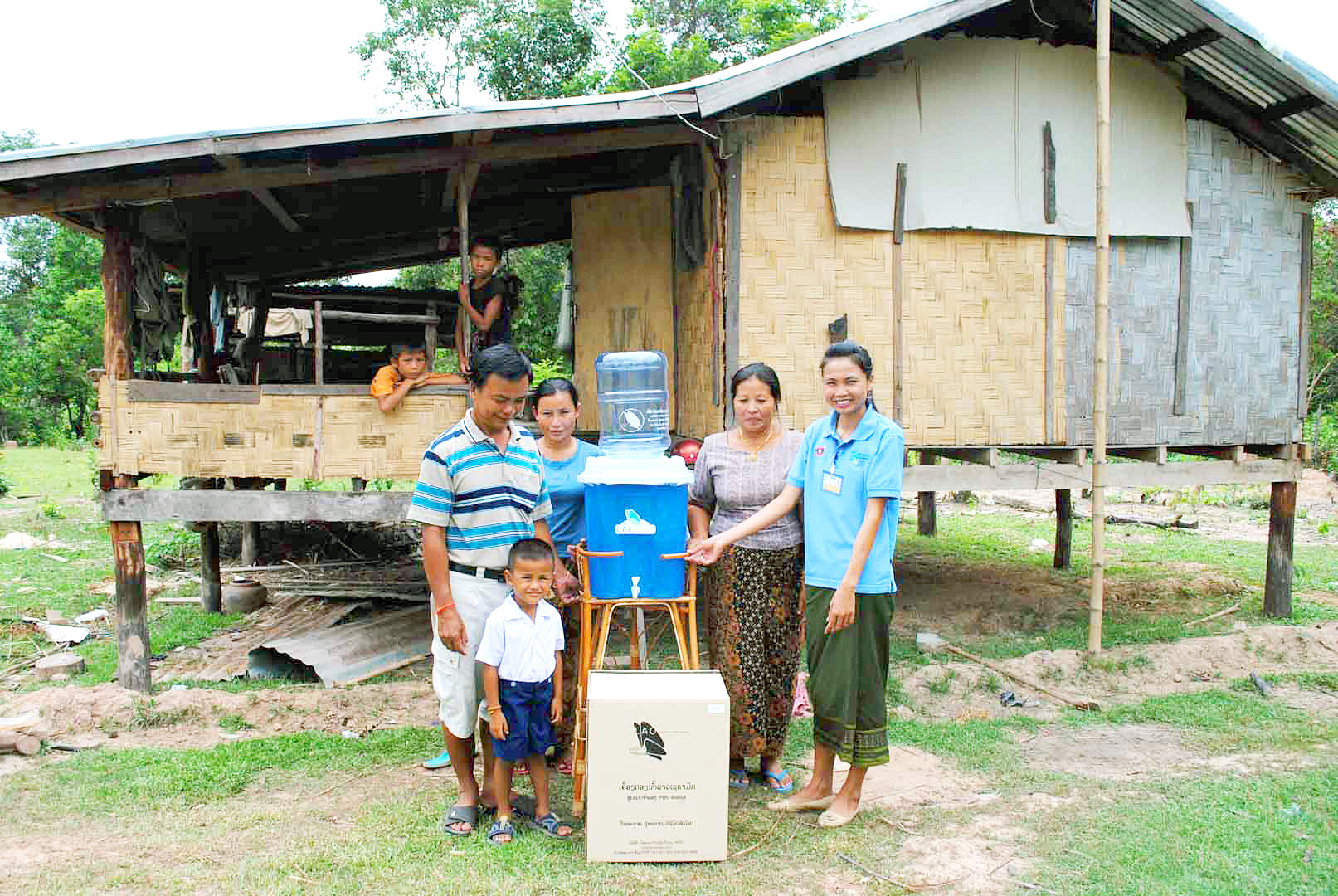
Ceramic water filters save CO2 and improve health
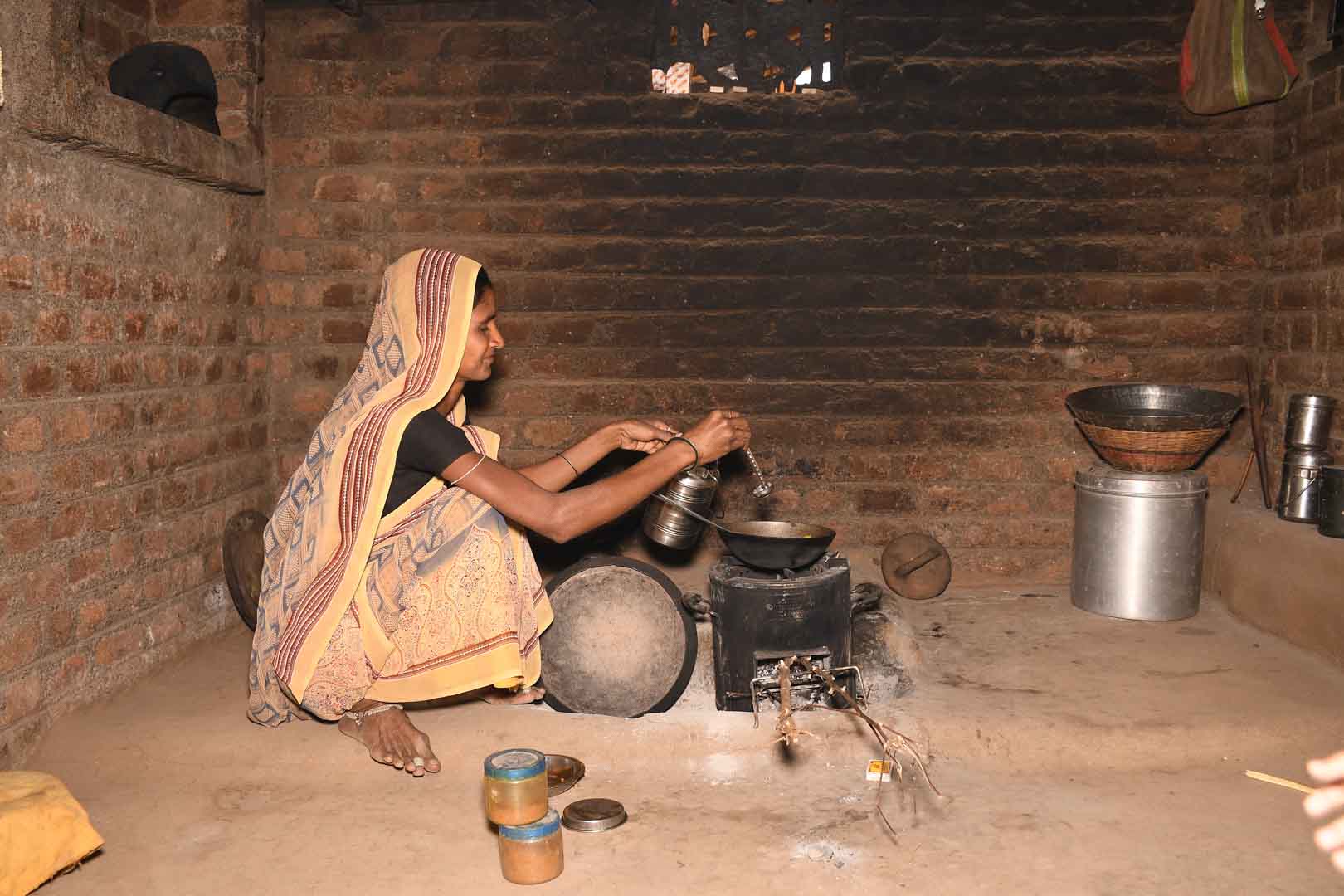
Improved cookstoves worldwide – for better health and cleaner air

A certified climate project combined with additional commitment
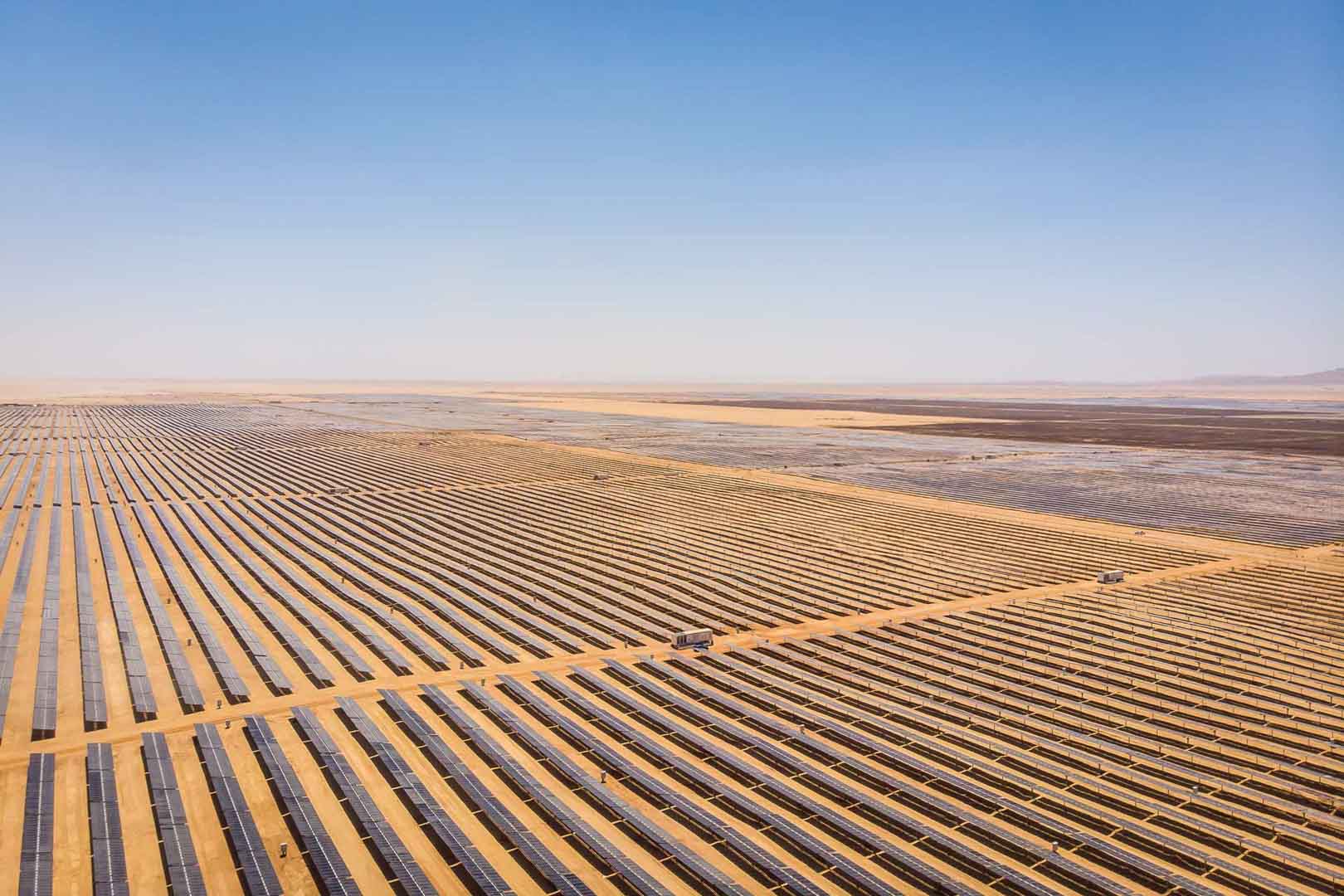
Powering access to renewable energy in Africa
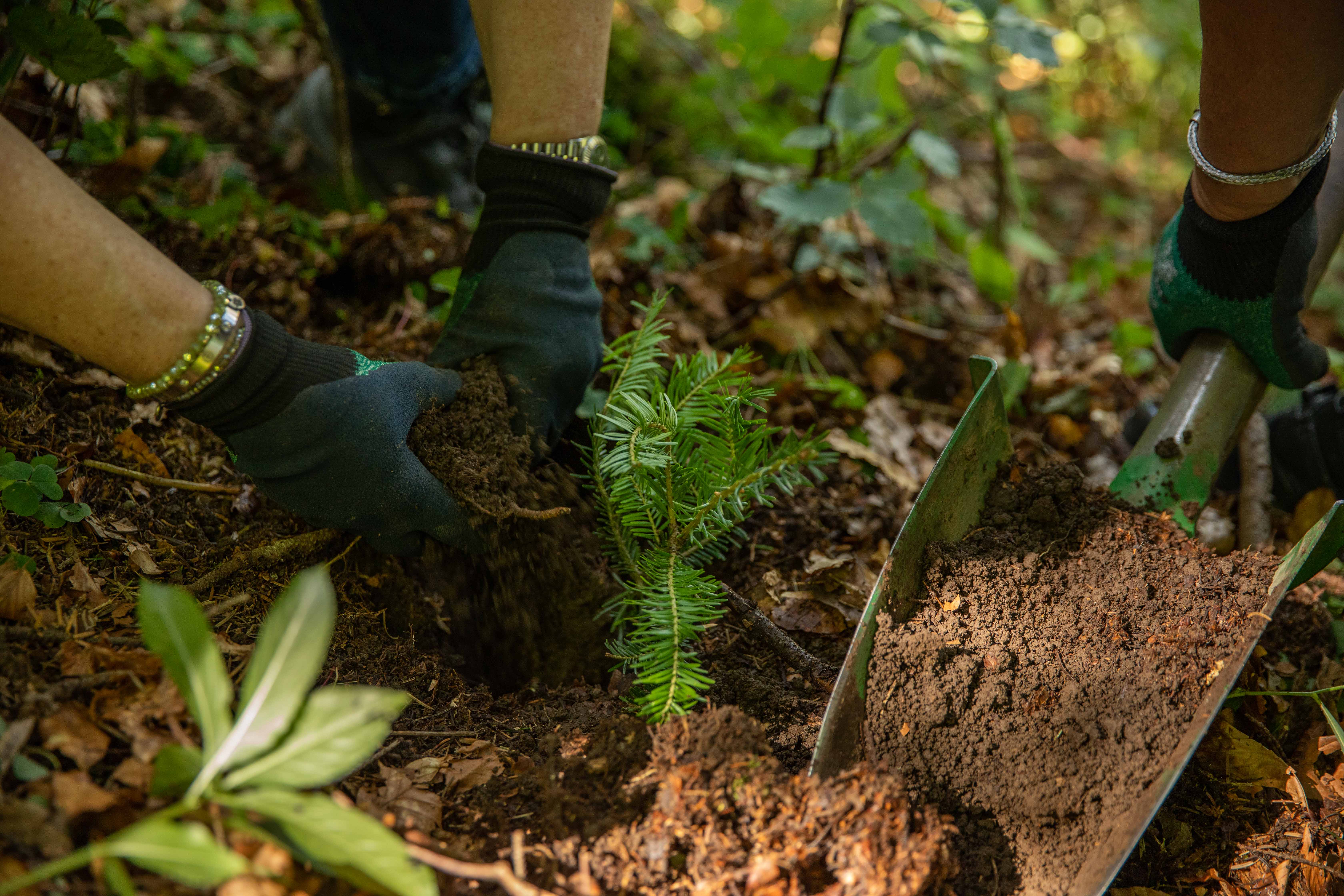
A certified climate project combined with additional commitment
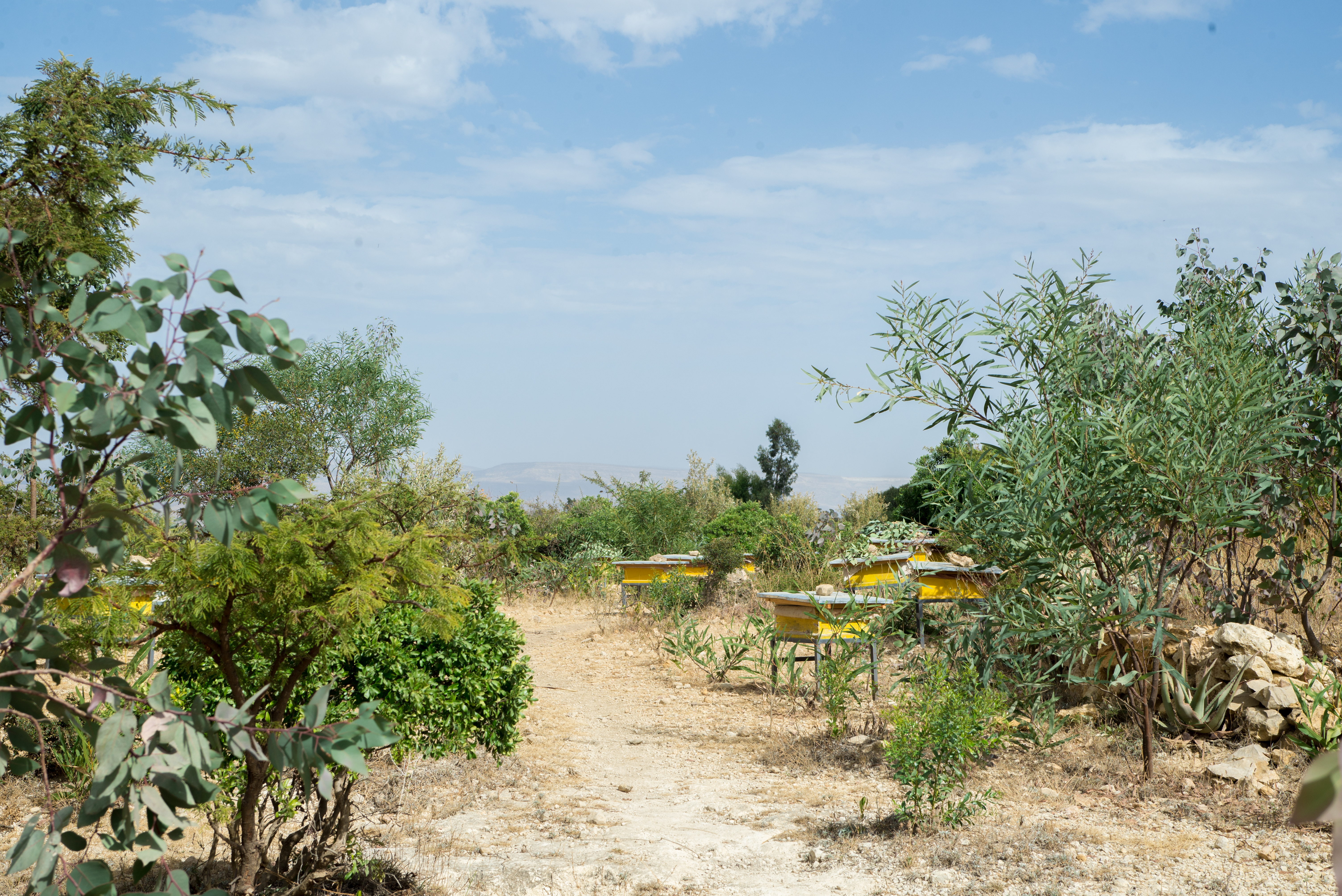
Restored ecosystems remove carbon
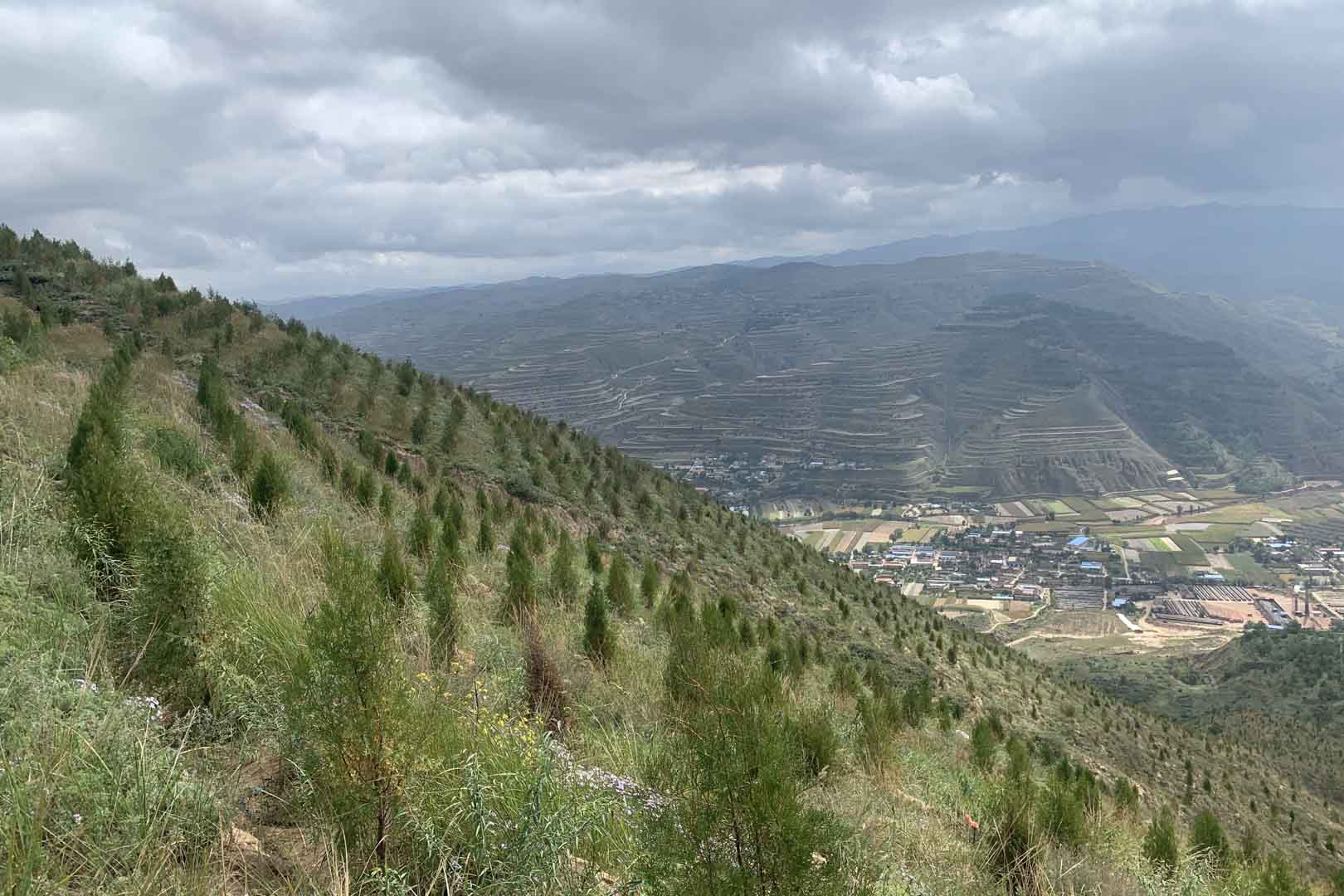
Turning degraded farmlands into healthy ecosystems
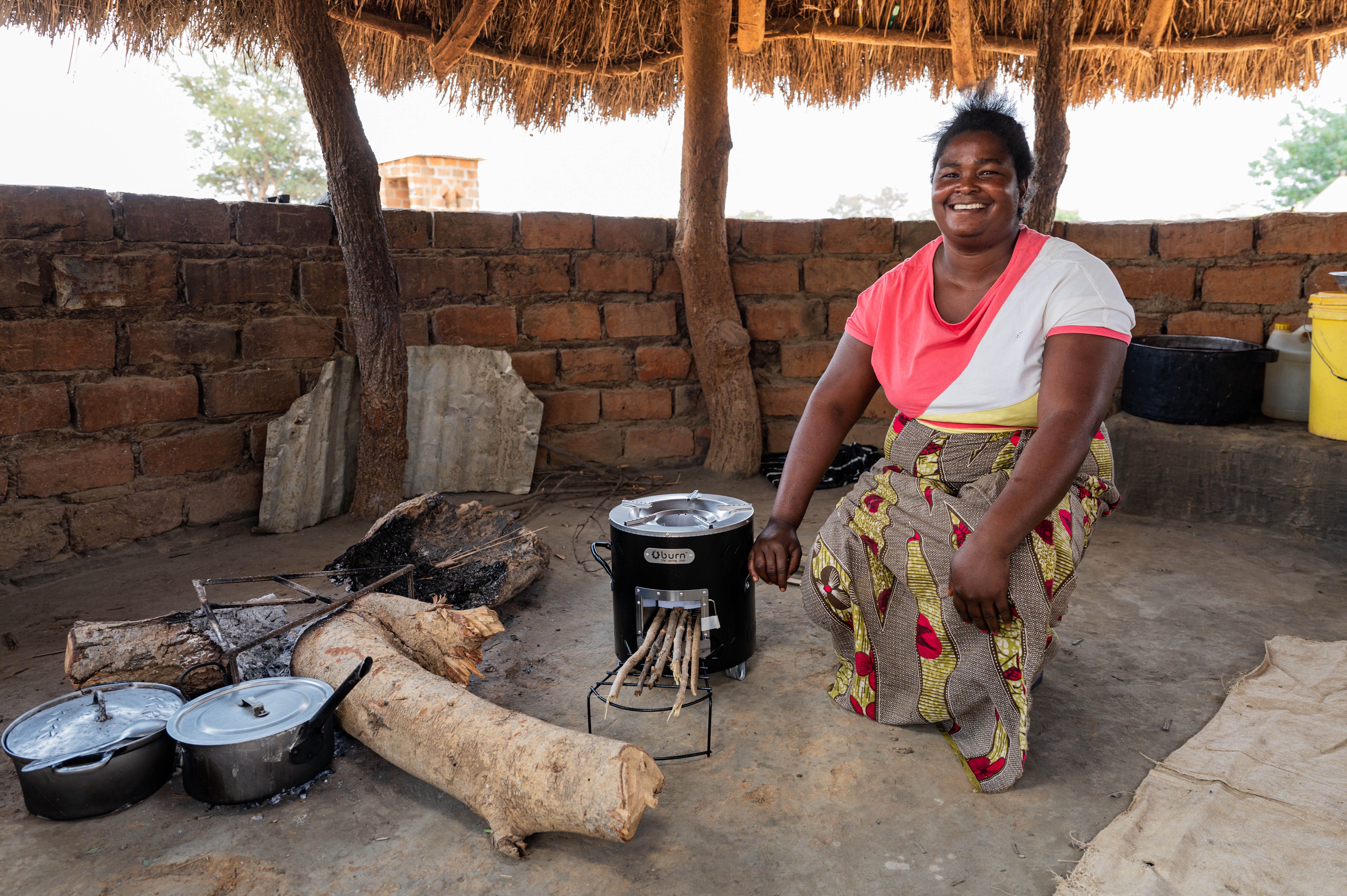
Improved cookstoves - better for health and the environment
